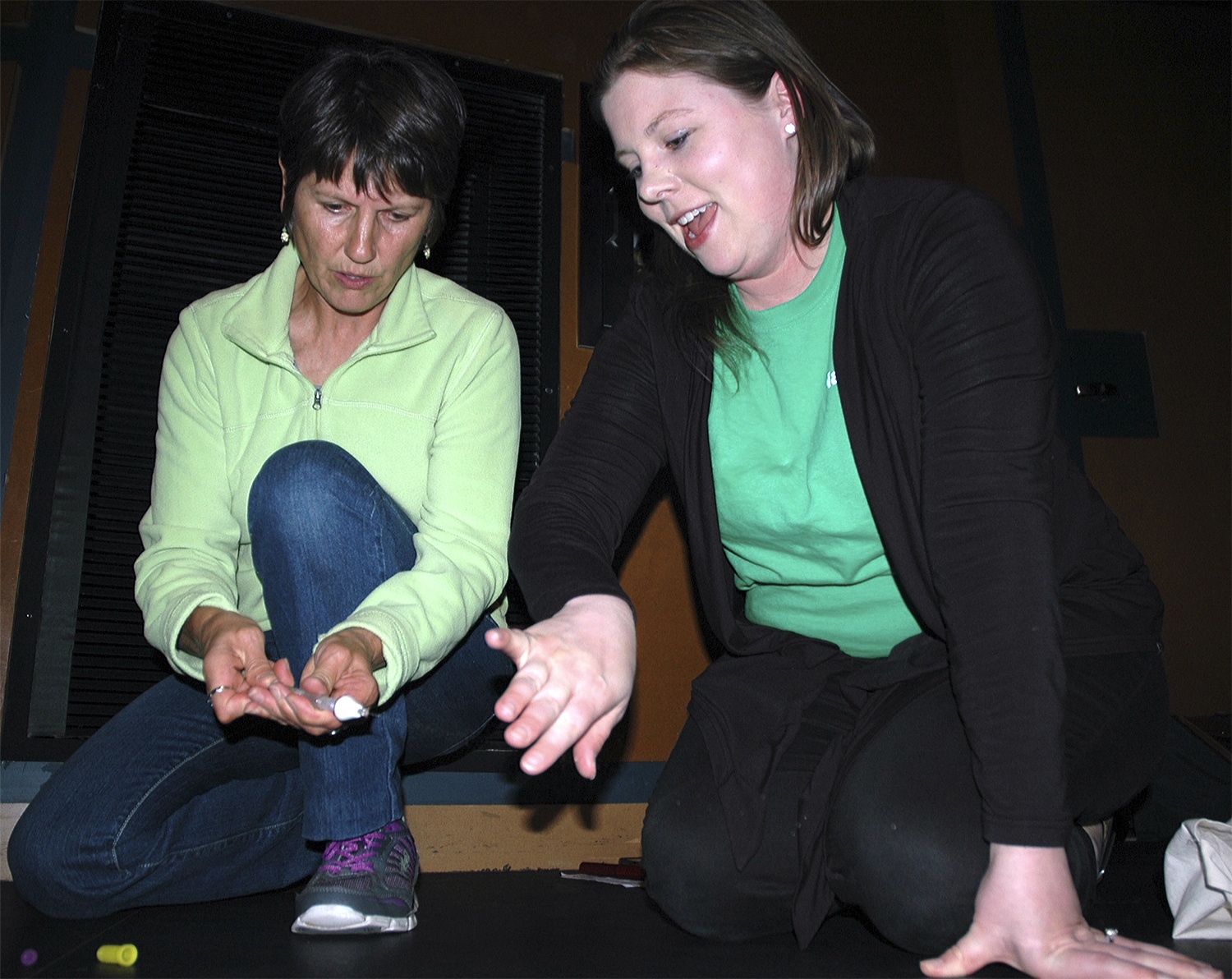ARLINGTON — If Arlington Fire Chief Bruce Stedman had one message for the Arlington-Smokey Point Chamber of Commerce on Jan. 8, it was this: “We’re always there.”
Stedman reported that December’s calls to the Arlington Fire Department spiked, from the usual average of 10-12 per day to 22-24 per day, although he couldn’t say yet whether this was a seasonal peak or the start of a new trend.
Either way, Stedman touted Arlington Fire’s proactive stance on training, not only by raising the requirement bar for its captains and developing county-wide training programs for other fire and EMS agencies, but also by inviting the Arlington City Council to take part in its live fire exercises.
“We understand that fire equipment is very expensive and the Council has to make informed decisions,” said Stedman, even as he laughed about his own concerns over leading the Mayor or Council members too close into a live fire.
Looking back on 2012, Stedman recalled “the bad day in June” when he was informed the fire department had lost 10 percent of its budget, which would require the department to lose two of its firefighters.
“I asked the firefighters if they would agree to 5 percent concessions across the board,” Stedman said. “They came back to me and said, ‘No, we won’t do that. We want it to be 6.5 percent instead.’ No other union that I know of would do that.”
Looking ahead to the rest of 2013, Stedman is eager to update the fire department’s “out of date, nonexistent and bad” policy manuals, and promised that the memorial housing for the Sept. 11 World Trade Center girder that the department received from New York City is nearly complete.
“Again, I know we’re expensive, so I’ve instituted formal uniform inspections as well,” Stedman said. “We need to show that we’re being responsible stewards of taxpayer dollars, especially when we’ve got old apparatus that needs replacing. Fire ladders are typically 12 years old. Ours is 17. It already costs a lot of money to repair at that age.”
Stedman is likewise looking forward to seeing the findings of the recently approved joint regional fire services cooperative effort study, which is set to be completed by Aug. 15.
“Its analysis should help all of us become better service providers,” Stedman said.






